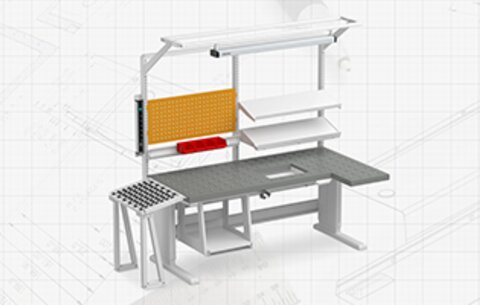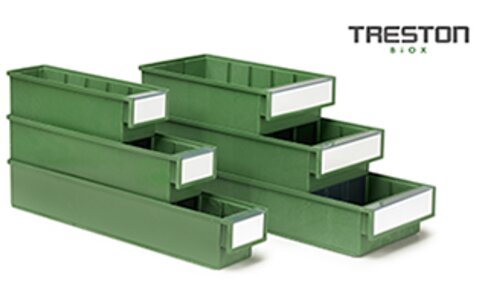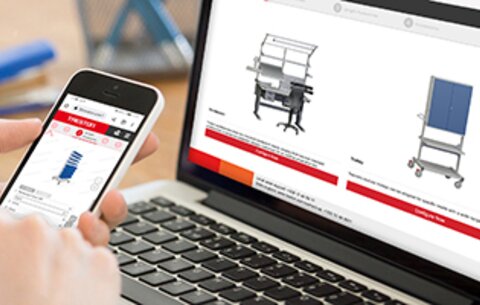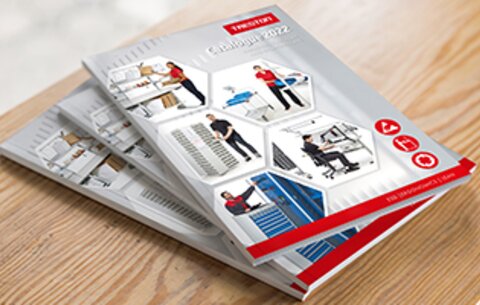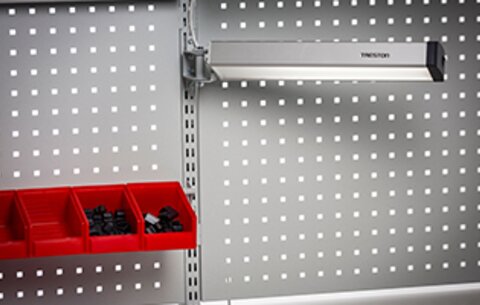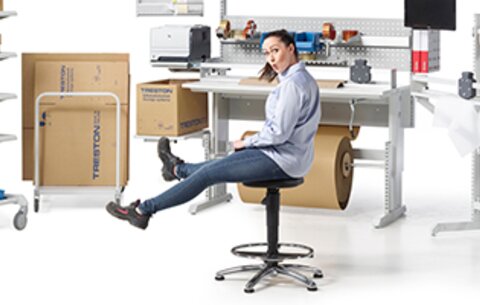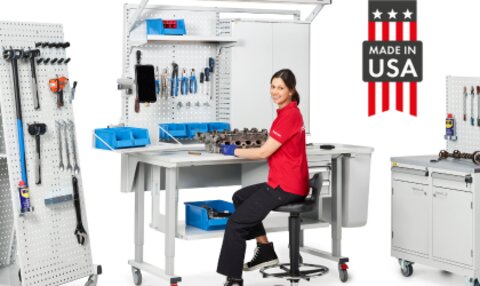

Ergonomics should count when designing workstations for in-house logistics. Webinar recording included.
In the first episode of the Ergo Goes Factory webinar series, the future of in-house logistics workstations was discussed from the perspective of ergonomics. In this article, we go through how ergonomic process design can help prevent risks at internal logistics workstations. You can also watch the webinar recording related to the topic.
Physically demanding work requires more from workstations
Probable risk factors in the field of internal logistics include slips, trips, falls, collisions, falling objects and, as one of the biggest, musculoskeletal disorders. Pulling and pushing, as well as lifting and carrying, stress the human musculoskeletal system and are common, for example, at packaging workstations.
An ergonomic workstation is the result of successful process design
When you want to design an efficient workstation that takes the needs of individuals into account, you must look at the whole. Among other things, the design of an ergonomic packaging table requires an understanding of both the task to be performed on the table, such as the size of the goods to be processed and the necessary tools and supplies, and ergonomics. The starting point of an ergonomic workstation is that everything needed is close enough, and there are no inessential things on the table. The work should not require unnecessary reaching, pushing, lifting, or twisting, or uncomfortable working postures.
There are no standard-sized people. If the work is done by several people and personal workstations cannot be implemented, it is particularly important to be able to adjust the working height. An ergonomic packing bench takes into account workers of different sizes and enables the optimal working height to be adjusted.
An ergonomic workplace helps to engage employees
Long work shifts and manual handling of heavy loads are highlighted in the field of in-house logistics. It has been noticed that an ergonomic workstation increases endurance and motivation at work.
The availability of labor is a challenge, and employees can afford to choose their employer
We are currently living in a time when it is challenging to find a skilled workforce and commit them to work, and employers must compete for the best employees. This is one of the reasons why employers are forced to move from words to actions and ensure that the company really invests in employee wellbeing. The workforce is also older than before, and the need to keep employees able to work for as long as possible is increasing. Read more about workplace ergonomics for ageing employees.
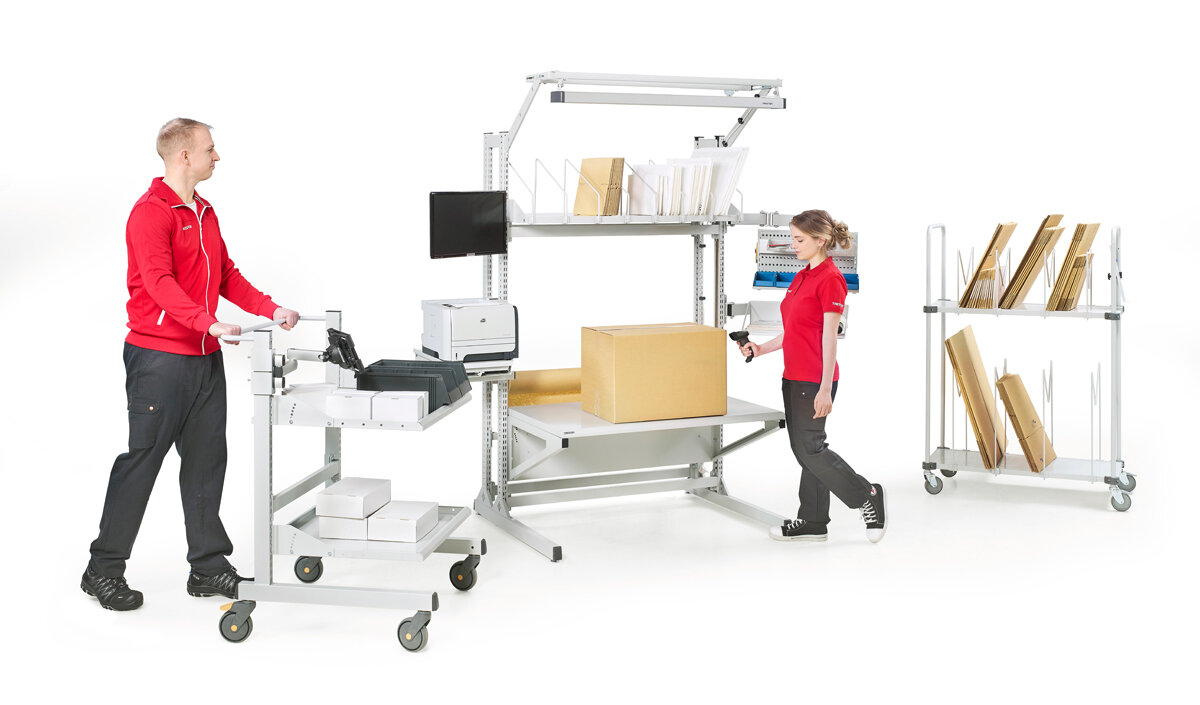
Fewer sick days and more efficiency through ergonomics
From the employer's perspective, another viewpoint is that musculoskeletal disorders and the absences caused by them will decrease as an ergonomic way of working develops. According to a study conducted by the European Risk Observatory, 46% of workers in the transport and storage industry have reported back pain in the past 12 months. In addition, three out of five employees have reported diseases of the musculoskeletal system. The costs of these diseases are a big expense for employers, and an ergonomic workplace is key to solving this problem.
46% of workers in the transport and storage industry have reported back pain in the past 12 months
An ergonomic way of working reduces sick leave and the risk of injury, but also has a direct impact on productivity. According to a 2014 study by the University of Warwick, dissatisfied employees are 10% less productive, while a satisfied employee is 12% more productive than average.
Manual work is not disappearing. Especially when it comes to product returns.
Particularly in the field of online shopping, the workload can be high at times, and the size of the goods to be processed can vary radically. Although the use of robots and other technology is constantly increasing in the field of internal logistics, manual work cannot be eliminated. This is particularly emphasized in the handling of product returns, which cannot be done other than manually. Product returns require a lot of manual checking and evaluating from a human perspective. Often, the return percentage of online stores can be significant, and in the fashion industry it is currently up to 50-60% or more.
Three ways to get started
- Read the free ergonomics e-book
- Read the free packing e-book
- Design an ergonomic workstation using the 3D configurator
References:
https://healthy-workplaces.eu/en
https://oshwiki.eu/wiki/In-house_transport_and_handling
https://osha.europa.eu/en/publications/summary-msds-facts-and-figures-o…

